Remember when going out meant actually going somewhere specific, not just scrolling through your phone from the couch? The 1960s were filled with bustling public spaces where people naturally gathered, socialized, and made memories without needing an app to tell them where the action was. These weren’t just places to visit—they were the heartbeat of communities, where you’d bump into neighbors, make plans, and feel connected to something bigger than your living room.
1. Drive-In Movie Theaters
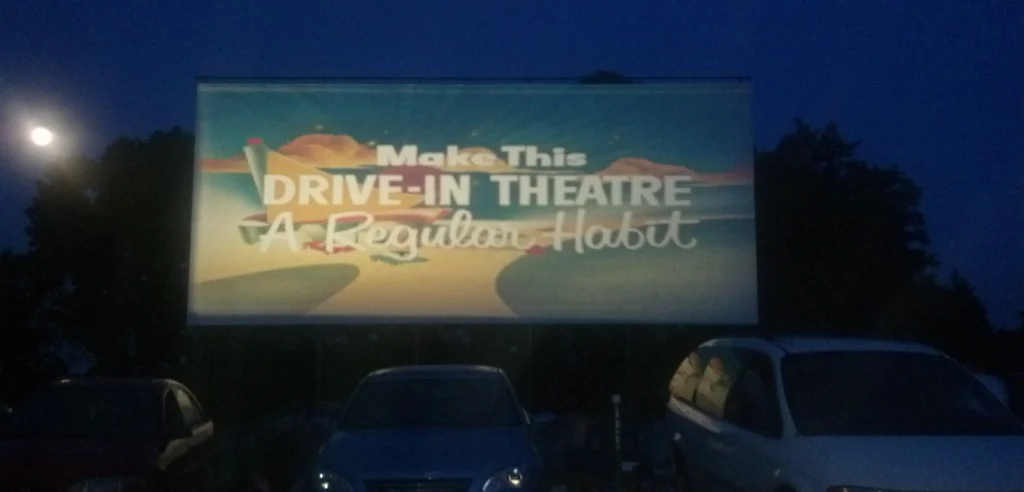
Saturday nights meant piling into the family car and heading to the drive-in, where romance bloomed under the stars and kids fell asleep in pajamas during double features. You’d arrive early to get the perfect spot, hang the tinny speaker on your car window, and settle in for an evening of entertainment that felt like a magical outdoor living room. The snack bar intermissions were social events themselves, where teenagers flirted and families stretched their legs between films. According to American Lifestyle Magazine, these nostalgic venues aren’t done just yet, thankfully.
Drive-ins were affordable date destinations where young couples could enjoy privacy while still being in public, and families could bring babies without worrying about disturbing other moviegoers. The experience was as much about the communal atmosphere as it was about the movies themselves. Today, fewer than 300 drive-ins remain open across the entire country, victims of urban development, digital projection costs, and our shift toward home entertainment systems.
2. Downtown Department Stores
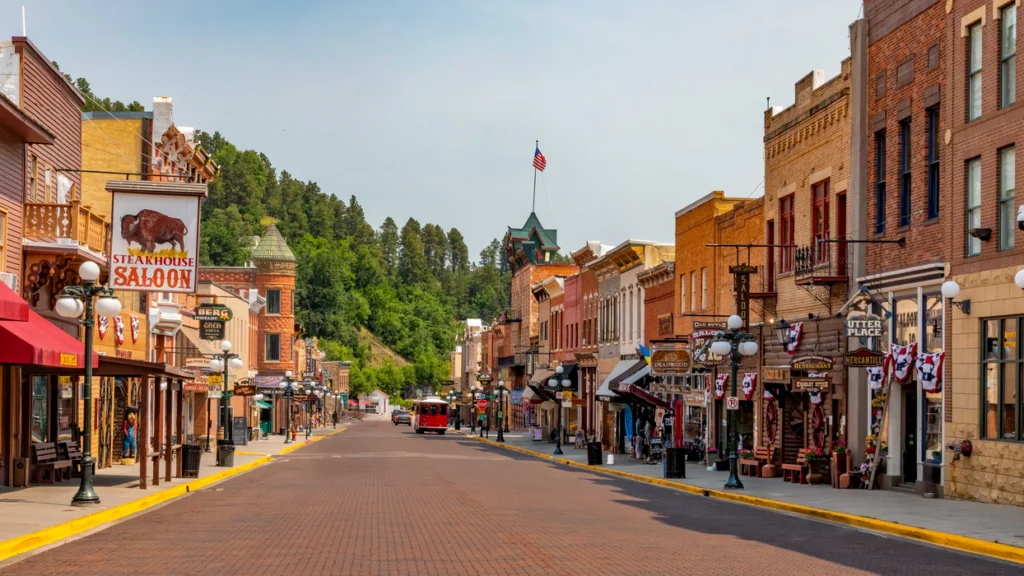
The local department store was the social center of every downtown, where families dressed up for shopping trips that lasted entire afternoons. You’d ride the elevator with the white-gloved operator, browse through carefully arranged displays, and maybe even catch a fashion show in the store’s restaurant. These weren’t just retail spaces—they were community gathering places where you’d inevitably run into half the people you knew. As recounted by BBC, department stores truly were something special around the globe.
Shopping was an event that required planning, good clothes, and social interaction with knowledgeable salespeople who knew your family’s preferences. The toy department at Christmas was pure magic, and the lunch counter was where business deals were made and gossip was shared. Most of these grand downtown stores have been abandoned for decades, replaced by strip malls and online shopping that lacks any sense of community connection.
3. Soda Fountains and Ice Cream Parlors
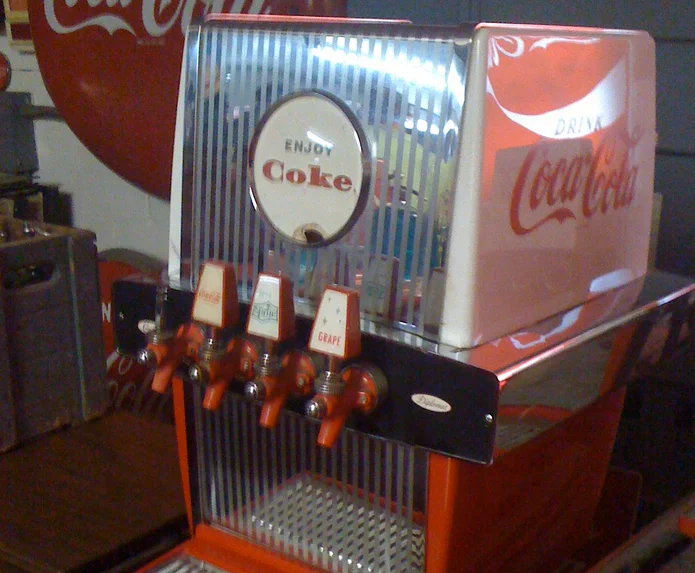
The neighborhood soda fountain was where teenagers gathered after school, spinning on red vinyl stools while sharing milkshakes and plotting weekend adventures. The soda jerk knew everyone’s usual order and served up cherry Cokes and banana splits with theatrical flair that made every visit feel special. These weren’t just places to grab a quick treat—they were social headquarters where friendships were forged and first dates happened. HowStuffWorks takes a big swig at explaining how these refreshing contraptions brought us our favorite beverages for so long.
Families would make weekly pilgrimages for sundaes after church, and couples would linger for hours over root beer floats and conversation. The jukebox provided the soundtrack while friends squeezed into booths and shared the latest news from school or work. Chain ice cream shops and convenience stores have replaced most of these personal gathering spots, eliminating the community atmosphere that made them so much more than just food service.
4. Bowling Alleys

Friday night league bowling was serious business that brought together coworkers, neighbors, and families in a weekly ritual of friendly competition and socializing. The bowling alley was where you’d find three generations sharing lanes, with kids learning to roll gutter balls while grandparents showed off their spare-picking skills. The atmosphere was thick with cigarette smoke, the sound of crashing pins, and the constant chatter of people having genuine fun together.
Bowling alleys had snack bars, arcade games, and a social energy that made them natural community centers where people lingered long after their games ended. You’d celebrate strikes with strangers and commiserate over splits with people you’d just met, creating instant connections over shared experiences. Many bowling alleys have closed or been converted into trendy entertainment complexes, losing the authentic neighborhood charm that made them such important social spaces.
5. Public Swimming Pools

The municipal swimming pool was the summer headquarters for entire neighborhoods, where kids spent long days perfecting cannonballs while parents lounged in metal chairs gossiping with other families. Swimming lessons, diving contests, and pool parties created a constant stream of community events that brought people together across age groups and social boundaries. The pool deck was where summer romances bloomed and lifelong friendships were formed over countless hours in chlorinated water.
Families would pack elaborate picnic lunches and claim their favorite spots around the pool, creating temporary outdoor living rooms complete with blankets and coolers. The pool was democratic—rich and poor kids all looked the same in their swimsuits, and everyone followed the same rules about running on the deck and waiting thirty minutes after eating. Budget cuts and liability concerns have closed many public pools, while private pools and home entertainment have replaced the communal swimming experience.
6. Main Street Diners

The local diner was the unofficial town hall where farmers discussed crop prices over coffee at 5 AM and teenagers lingered over French fries until closing time. You could count on seeing familiar faces at the counter, hearing local news before it hit the newspaper, and getting meals that felt like home cooking served by waitresses who knew your name. Diners were neutral territory where different social groups mingled naturally over shared meals and conversation.
The coffee was strong, the pie was homemade, and the atmosphere was genuine in a way that made everyone feel welcome regardless of their background or bank account. Business deals were struck over handshakes in corner booths, and first dates nervously unfolded over shared milkshakes and awkward conversation. Fast food chains and casual dining restaurants have replaced most independent diners, eliminating the personal connections and community atmosphere that made them so much more than just places to eat.
7. Record Stores
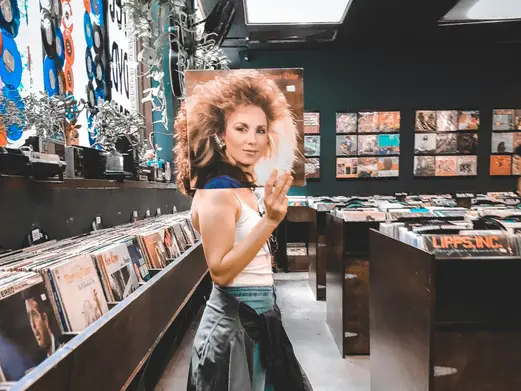
Browsing through record albums was a serious social activity where music lovers would spend hours flipping through bins, discovering new artists, and debating the merits of different bands with fellow customers. The local record store was where you’d find out about upcoming concerts, get recommendations from knowledgeable staff, and participate in the communal experience of music discovery. Listening booths allowed you to preview albums while friends gathered around to share the experience.
Record stores were cultural centers where different generations bonded over shared musical interests and young people discovered their identities through album covers and liner notes. The staff were tastemakers who could guide you toward life-changing musical experiences, and regular customers formed informal communities based on shared musical passions. Digital music streaming has made record stores nearly extinct, replacing the social discovery process with algorithm-driven recommendations that lack human connection.
8. Barbershops
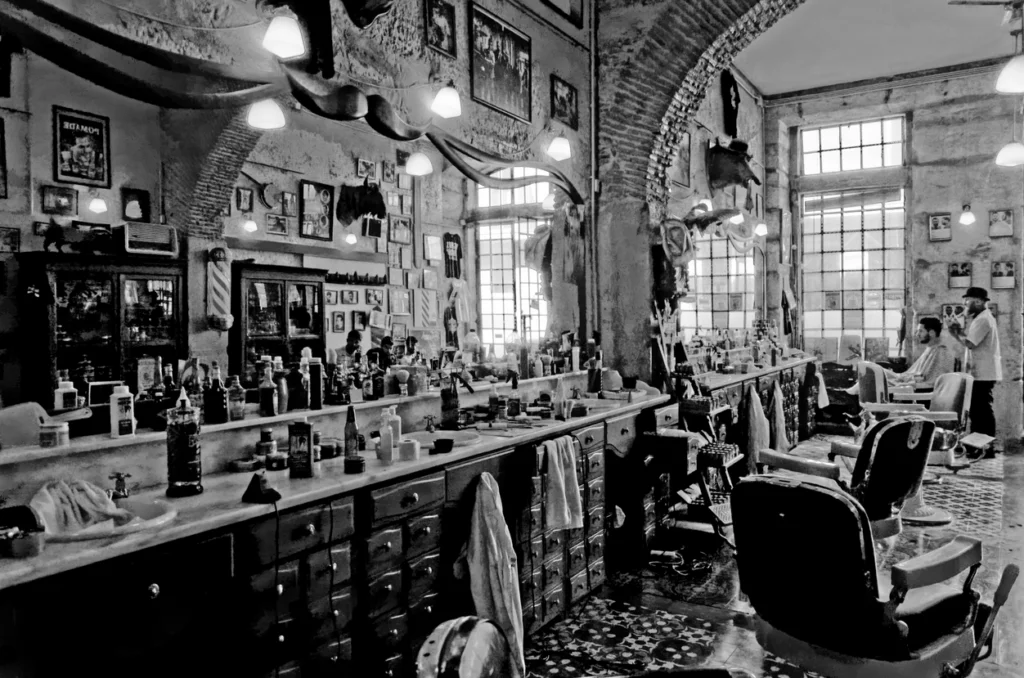
The neighborhood barbershop was where men gathered for more than just haircuts—it was a social club where political discussions, sports debates, and local gossip were shared along with hot towel shaves and precise scissor work. You’d wait your turn reading magazines while listening to conversations that covered everything from fishing reports to philosophical discussions about life. The barber knew your family history and would ask about your kids while trimming your sideburns.
Multiple generations would visit the same barbershop, creating continuity and community connections that lasted decades. The atmosphere was distinctly masculine but welcoming, where boys learned how to participate in adult conversations and older men shared wisdom along with opinions about the local baseball team. Chain salons and quick-cut shops have replaced most traditional barbershops, eliminating the social aspect and personal relationships that made them community gathering places.
9. Public Libraries
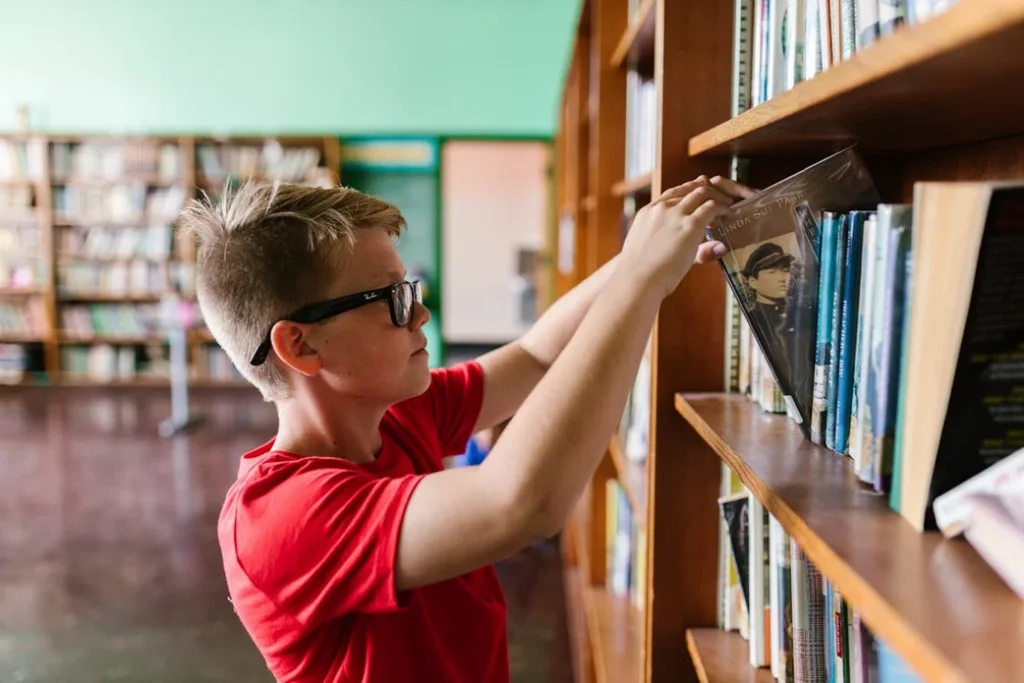
The library was a bustling community center where people of all ages gathered to read, research, socialize, and participate in cultural events that brought neighborhoods together. Children’s story time drew families together weekly, while adults browsed new releases and participated in book clubs that created lasting friendships. The library was where students met to work on projects, where job seekers found resources, and where lonely people found human connection among the stacks.
Librarians were respected community figures who knew their patrons personally and could guide you toward exactly the book or information you needed. The library was democratic space where everyone was welcome regardless of economic status, and where intellectual curiosity was encouraged and supported. While libraries still exist, budget cuts and digital resources have reduced their role as community gathering places, and many people now prefer the isolation of online research to the social experience of library visits.
10. Five-and-Dime Stores

Woolworth’s and other five-and-dime stores were magical places where you could buy everything from goldfish to greeting cards while rubbing shoulders with your entire community. The lunch counter was where office workers grabbed quick meals, shoppers took breaks between errands, and friends met to catch up over coffee and pie. These stores were woven into the fabric of daily life, where you’d bump into neighbors while buying school supplies or searching for the perfect birthday gift.
The variety and affordability made five-and-dimes democratic spaces where children could afford small treasures with their allowance money and families could find household necessities without breaking the bank. The atmosphere was friendly and unhurried, encouraging browsing and spontaneous purchases that often led to conversations with other customers or helpful employees. Big box stores and online shopping have eliminated most five-and-dimes, replacing the community atmosphere with efficiency and convenience that lacks personal connection.
11. Church and Community Center Social Halls
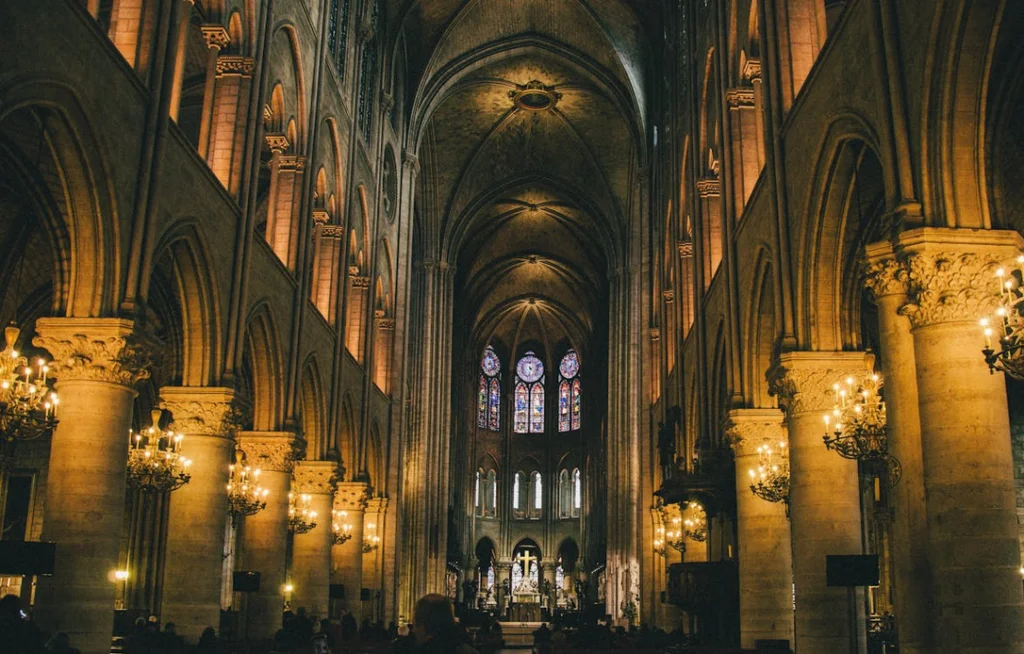
Every church basement and community center was a hub of social activity, hosting everything from wedding receptions to political meetings, bridge tournaments to children’s birthday parties. These spaces brought entire communities together for shared meals, entertainment, and celebrations that crossed denominational and social boundaries. The folding chairs and long tables were constantly rearranged for different events that created the social fabric of neighborhood life.
Volunteer committees organized regular events like spaghetti dinners, talent shows, and holiday celebrations that gave people reasons to gather and connect with their neighbors. These gatherings were multigenerational affairs where children played while adults socialized, creating extended family atmospheres for people who might not have relatives nearby. Many of these spaces now sit empty except for occasional events, as people have become more isolated and entertainment has moved into private homes and commercial venues.
12. Downtown Movie Theaters
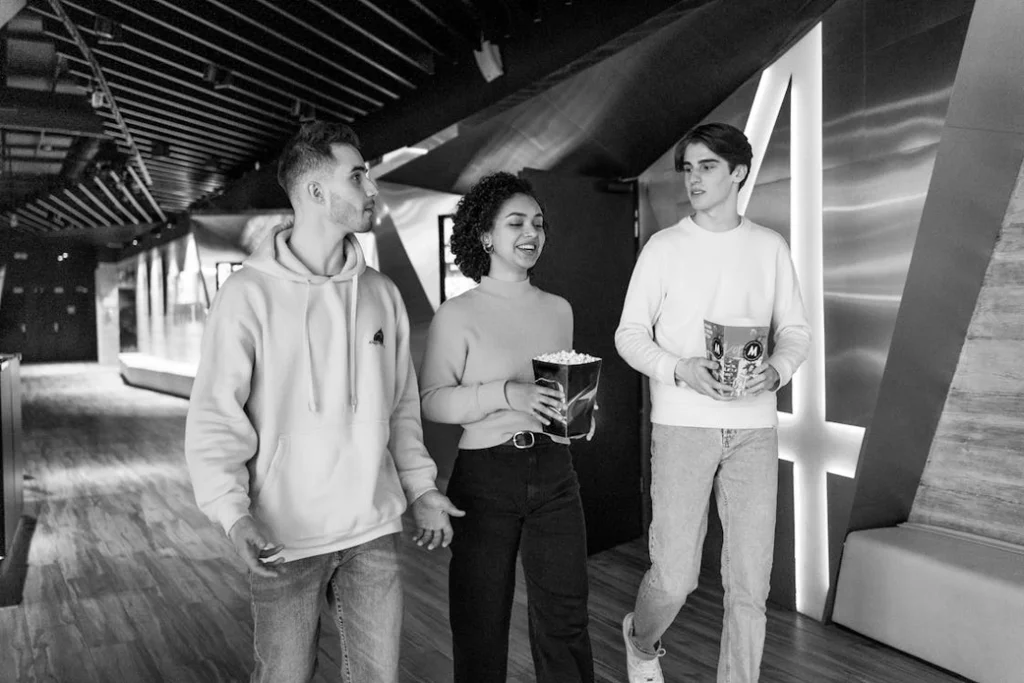
The grand downtown movie theater was where the whole community gathered for premieres, where couples dressed up for date nights, and where children experienced the magic of cinema on massive screens with full orchestras providing live accompaniment. These weren’t just entertainment venues—they were architectural marvels with ornate lobbies, crystal chandeliers, and red velvet seats that made every movie feel like a special occasion. The shared experience of watching films together created community bonds and common cultural references.
Saturday matinees brought hordes of children together while evening shows attracted dressed-up adults who made movie-going a social event complete with dinner and conversation. The theater was where you’d see everyone you knew, where first dates nervously unfolded, and where community premieres felt like town celebrations. Multiplex theaters in shopping centers have replaced most of these grand downtown venues, creating more viewing options but eliminating the communal atmosphere that made going to the movies a truly social experience.
Looking back, it’s striking how these spaces weren’t just places to go—they were where communities were built one conversation at a time. We’ve gained convenience and efficiency in our modern world, but we’ve lost something precious in the process: the natural, unforced interactions that happened when people shared physical spaces regularly. Those everyday encounters with neighbors and strangers alike created the social glue that held communities together, something that’s much harder to replicate in our increasingly digital and isolated world.


